The Perfect Storm of Learning Conditions in Physical Education (PE)
Reinventing the Game
DECEMBER 4, 2020
My header suggest a fixation of the perfect condition, or rather a hint to the frustrations of models, theories and everything else laying down their claims that seems difficult to fit in to practise. It is a lot to think about in wanting to teach in schools but not surprising when at times we are also expected to take care of the affective.

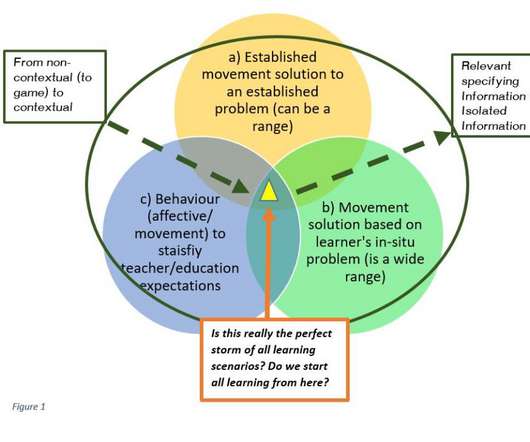
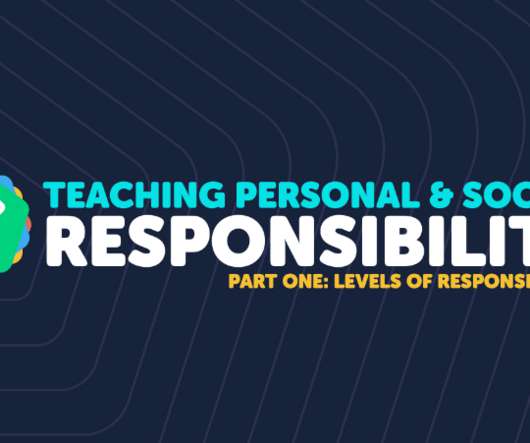
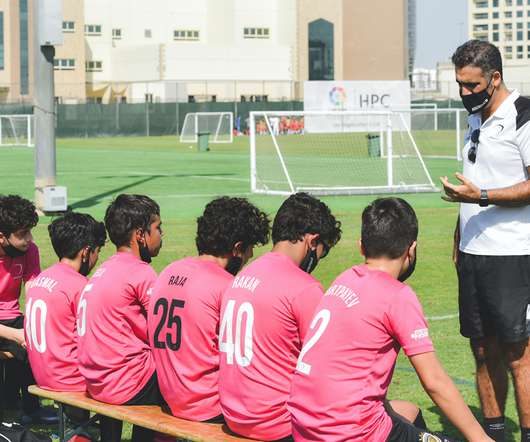
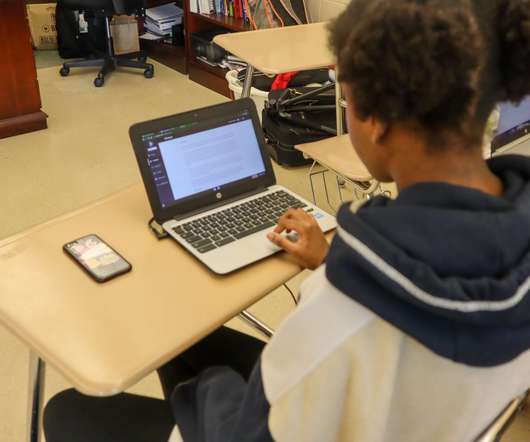
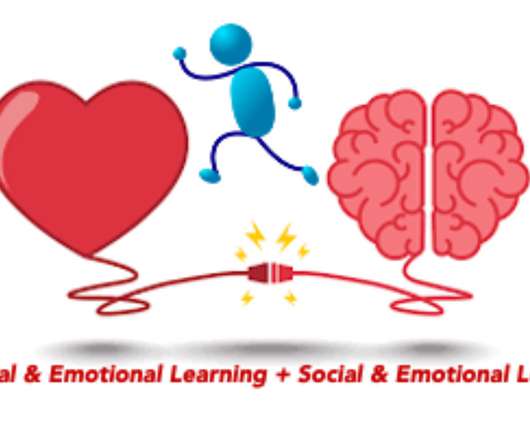
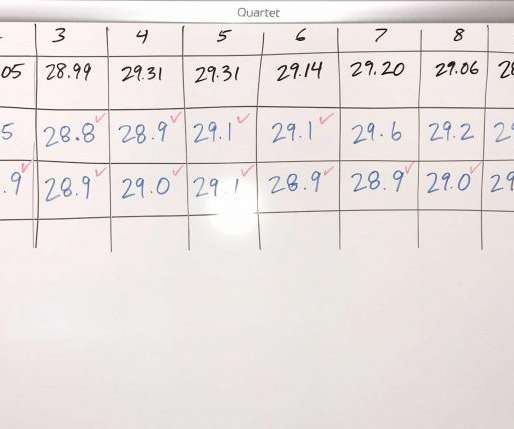
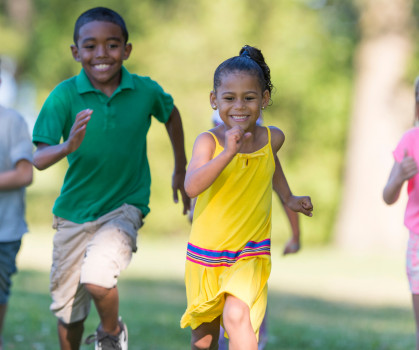






Let's personalize your content